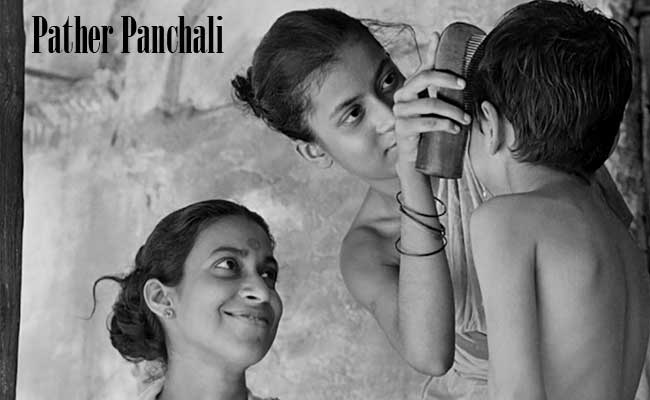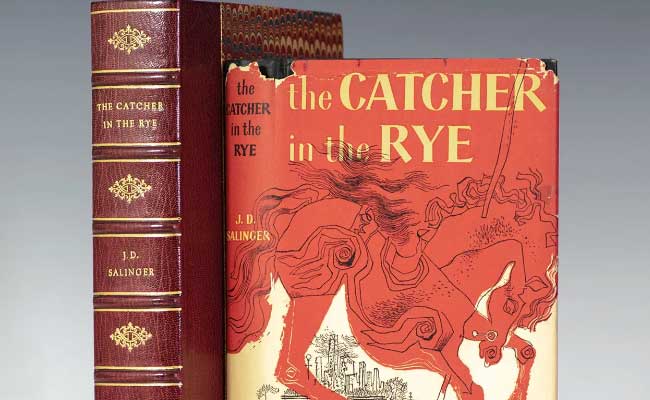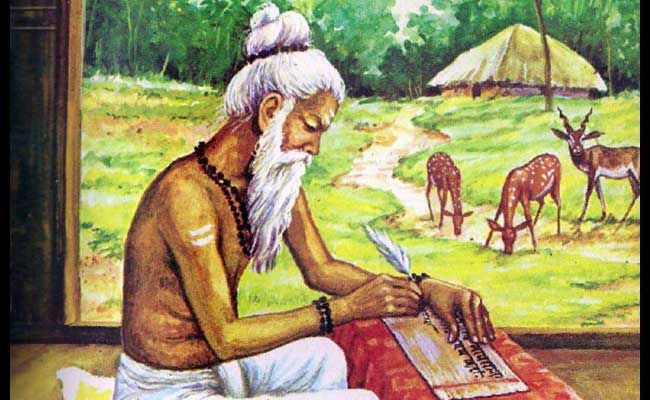Pather Panchali, written by Bibhutibhushan Bandopadhyay, is a classic Bengali novel that has gained worldwide recognition for its depiction of rural life in Bengal. The novel was first published in 1929 and has since been translated into several languages. Pather Panchali has been adapted into several films, including the award-winning 1955 film directed by Satyajit Ray. In this article, we will explore the themes, characters, and cultural significance of Pather Panchali.
Themes in Pather Panchali
One of the central themes in Pather Panchali is the struggle of the poor. The novel follows the lives of a poor Brahmin family living in a small village in Bengal. The father, Hori, is a struggling writer who is often unable to provide for his family. The mother, Sarbajaya, works hard to make ends meet, but the family’s poverty is a constant source of hardship. The novel explores the challenges of living in poverty, such as hunger, illness, and social exclusion.
Another important theme in Pather Panchali is the connection between people and nature. The novel is set in a rural village surrounded by lush greenery and beautiful landscapes. The characters are intimately connected to their surroundings and often find solace in nature. The novel portrays the beauty and serenity of the natural world, as well as the destructive power of natural disasters like storms and floods.
Characters in Pather Panchali
The characters in Pather Panchali are memorable and well-developed. The protagonist, Apu, is a curious and adventurous young boy who dreams of exploring the world beyond his village. His sister, Durga, is a mischievous and playful girl who often gets into trouble. Their mother, Sarbajaya, is a strong and resilient woman who works hard to provide for her family. The father, Hori, is a proud and stubborn man who struggles to accept his family’s poverty.
Cultural Significance of Pather Panchali
Pather Panchali is considered a classic of Bengali literature and has had a significant cultural impact. The novel is known for its realistic portrayal of rural life in Bengal, which was a departure from the romanticized depictions of village life that were common at the time. The novel is also notable for its use of language, which is simple and poetic. The novel has been praised for its vivid descriptions of nature, which have become a hallmark of Bengali literature.
The novel has been adapted into several films, including Satyajit Ray’s acclaimed 1955 film. The film brought Pather Panchali to a wider audience and helped to establish Bengali cinema on the world stage. The film has been praised for its naturalistic style, its use of non-professional actors, and its portrayal of rural life in Bengal.
Conclusion
Pather Panchali is a classic Bengali novel that has gained worldwide recognition for its portrayal of rural life in Bengal. The novel explores important themes such as poverty, the connection between people and nature, and the struggle for survival. The characters in the novel are memorable and well-developed, and the novel has had a significant cultural impact. The novel has been adapted into several films, including Satyajit Ray’s acclaimed 1955 film, which helped to establish Bengali cinema on the world stage. Pather Panchali is a timeless work of literature that continues to resonate with readers today.
![]()





